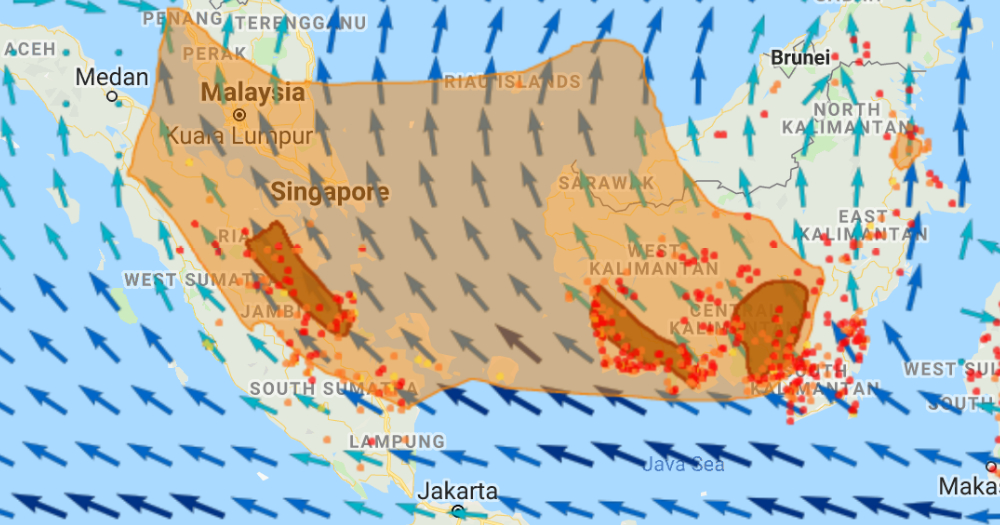Singaporeans are keeping a close eye on the development of Indonesia forest fires after haze made its return in September 2019.
Many fear that the transboundary haze from the fires might worsen in Singapore and end up being reminiscent of the haze episode in 2015, which was possibly the worst one in history.
In fact, Singapore was somewhat more fortunate this time round, due to prevailing winds.
Parts of Malaysia saw the PSI level hitting the hazardous range, forcing nearly 1,500 schools to close.
2019 as bad as 2015?
The reality is that forest fires in Indonesia now might really be as bad as what it was in 2015.
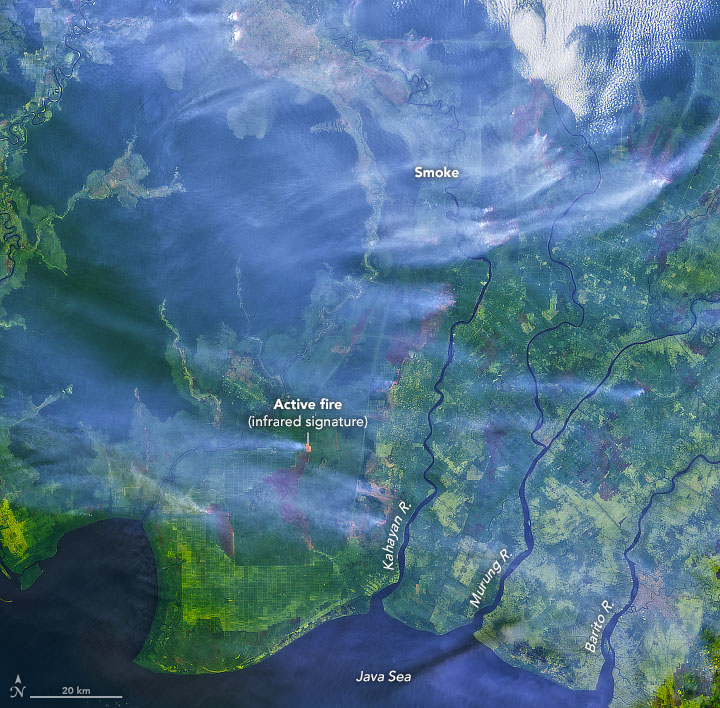 Image from NASA.
Image from NASA.
Indonesia fires 'reminiscent of 2015'
According to a NASA (National Aeronautics and Space Administration) scientist, Robert Field, the number of hotspots picked up by satellites have not been as high as that in 2015 because of the bouts of rain in mid-August, which delayed the progress of the fires.
Field said: “The fire counts from MODIS and VIIRS satellites have not been quite as high as they were in 2015 because of the late start, but the day-to-day increases in activity are now comparable to 2015.”
Field has been monitoring the fire season in Indonesia and working to integrate more satellite-based precipitation measurements into the monitoring system used by the Indonesian government.
He said that the fires are "reminiscent of 2015" and they could be burning underground or in areas covered with thick smoke, so much so that the satellites cannot detect these potential hotspots.
At Kalimantan, in particular, forests can possibly be underlain with peats, which can be metres deep underground.
Peat is a form of deposit, which can be used as fuel when dried.
Peat fires can smoulder under the surface for months, while going unnoticed, until the wet season arrives.
Notably, he also highlighted that the past big Indonesia fires in 1997 and 2015 have been fuelled by El Nino conditions.
The dry weather that exacerbated the fires this year is due to an oscillation of sea surface temperatures called the Indian Ocean Dipole.
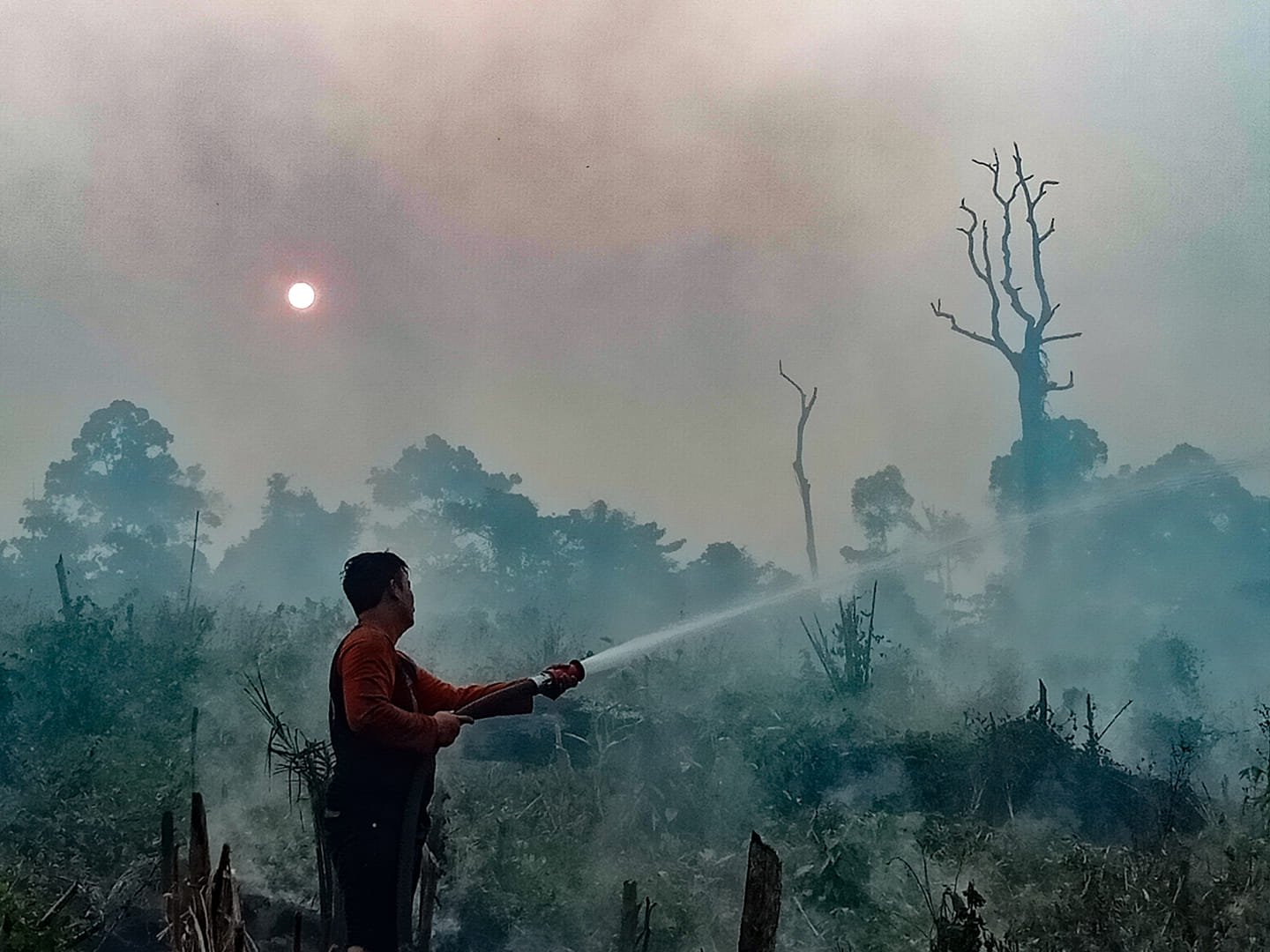 Image from CAN Borneo.
Image from CAN Borneo.
Contributes to global warming
Large amounts of gases and particles have been released from peat fires.
Apart from PM2.5 particles, which can pose health issues for those who breathe in the particulates, the fires also release greenhouse gases, such as carbon dioxide and methane.
Methane can potentially warm the Earth up by 30 times as compared to carbon dioxide, which makes it a potent greenhouse gas that contributes to climate change.
Here's a map from NASA showing the amount of carbon stock stored underneath the forests.
This also represents the amount of carbon emission that can potentially be released because of the burning.
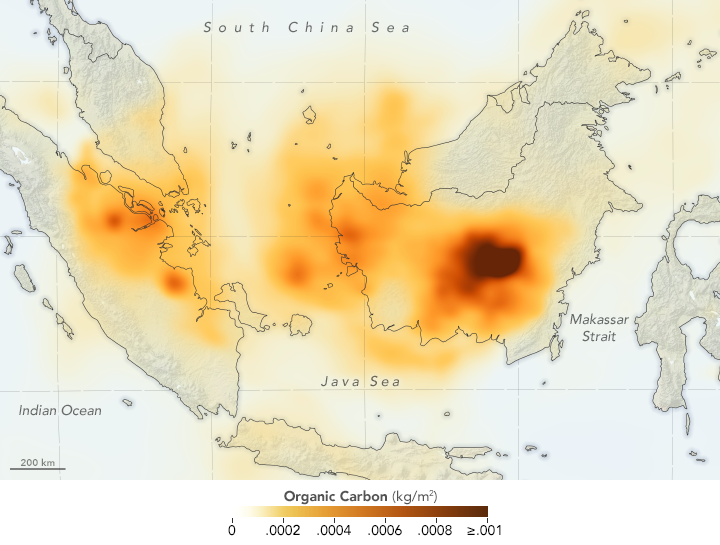 Image from NASA
Image from NASA
A major setback in fight against climate change
In a Facebook post on Sep. 18, Minister of Environment and Water Resources Masagos Zulkifli also highlighted the potential impact that the Indonesia forest fires have on climate change.
Masagos said the carbon emissions generated from the fires will present a major setback to the global fight against climate change.
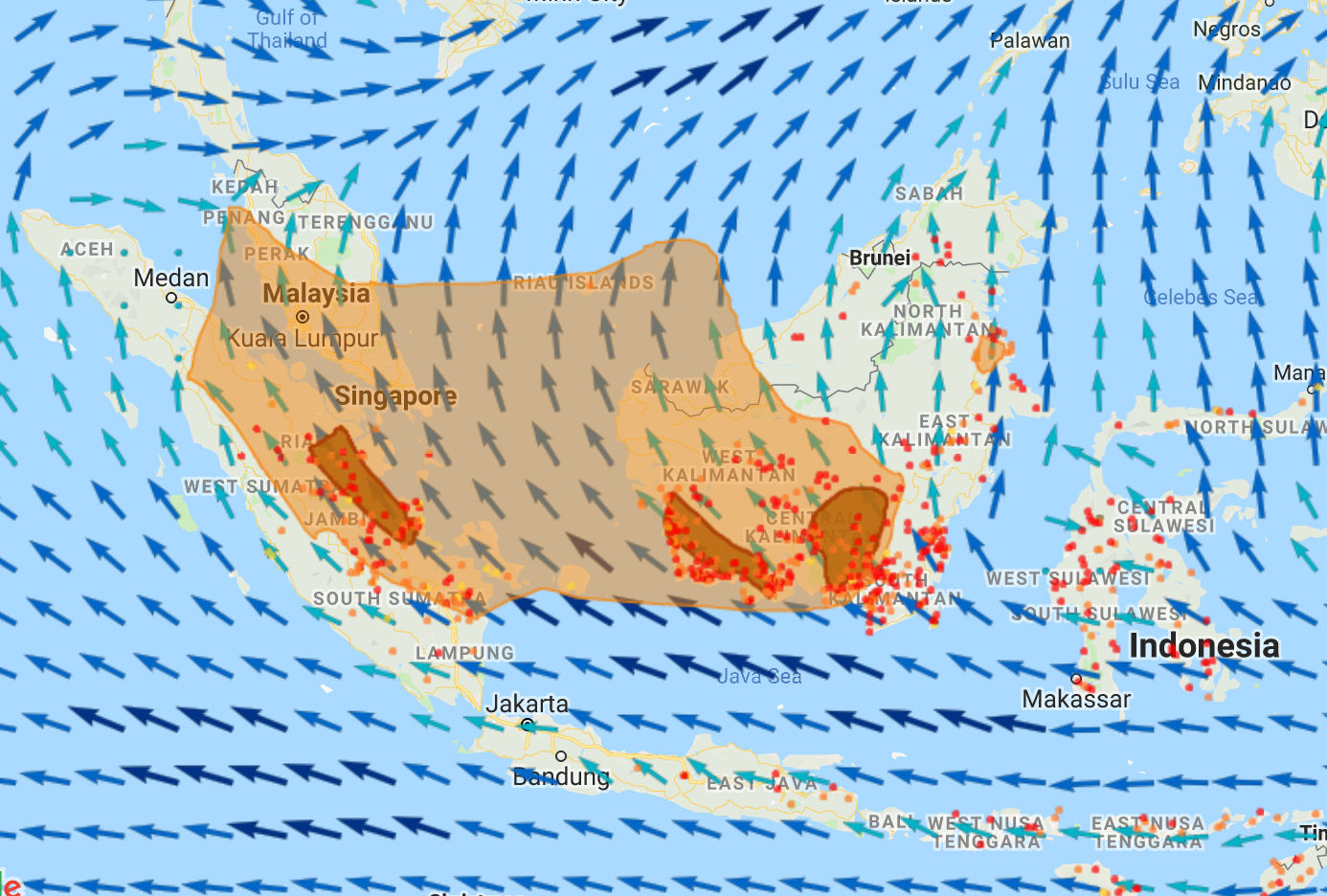 Image of hotspots in the region at 7:18pm on Sep. 18, 2019, from ASEAN ASMC.
Image of hotspots in the region at 7:18pm on Sep. 18, 2019, from ASEAN ASMC.
Masagos also added that nearly 1 gigatonne of carbon dioxide was released in the Indonesia fires back in 2015.
As compared to these gases that can be released in merely a few months, the increase in the use of renewable energy globally since 2015 can only save about 1.5 gigatonnes of carbon dioxide in four years.
The environment minister also reiterated that the ministry is in touch with the Indonesian counterparts and is ready to deploy firefighting assistance if Indonesia requests.
Here's his full post:
Top photo collage fromIf you like what you read, follow us on Facebook, Instagram, Twitter and Telegram to get the latest updates.
